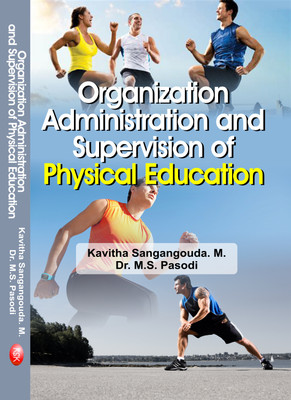Organization Administration and Supervision of Physical Education(English, Hardcover, Dr. M.S. Pasodi, Kavitha Sangangouda. M.)
Quick Overview
Product Price Comparison
Physical Education Curriculum must be designed to guide the student into personally meaningful experiences which in their sum total represent a concept rather than a series of somewhat unrelated incidents. It must be constructed in relation to community needs and facilities. Analysis of Requirements in Curriculum for Physical Education, Health Education and Safety Education and in the Examination Pattern of Schools in Tamilnadu is aimed at the upliftment of 'Physical Education, Health Education and Safety Education' as an important academic subject in schools. The results of the present study help to unearth the problems and difficulties faced by physical educators and students. The suggested curriculum for Physical Education, Health Education and Safety Education and recommendations given in this study may create an awareness among educational administrators to implement certain modification at the organisational level so that fruitful changes could be effected. Physical activity is central to health, and its importance clearly extends beyond its role in achieving energy balance to prevent and treat obesity and overweight. Adequate daily physical activity improves cardiovascular health, metabolic health, brain and mental health, and musculoskeletal health-benefits that recent research shows are gained across the life span. Important emerging research has further focused on the association between physical activity in youth and academic achievement. Clinical and public health guidelines indicate that youth need a minimum of 60 minutes per day of vigorous- or moderate-intensity physical activity to optimize health and development. Because many youth spend a substantial amount of time in school, this report focuses specifically on the role schools can play in increasing physical activity among youth and providing opportunities to meet


